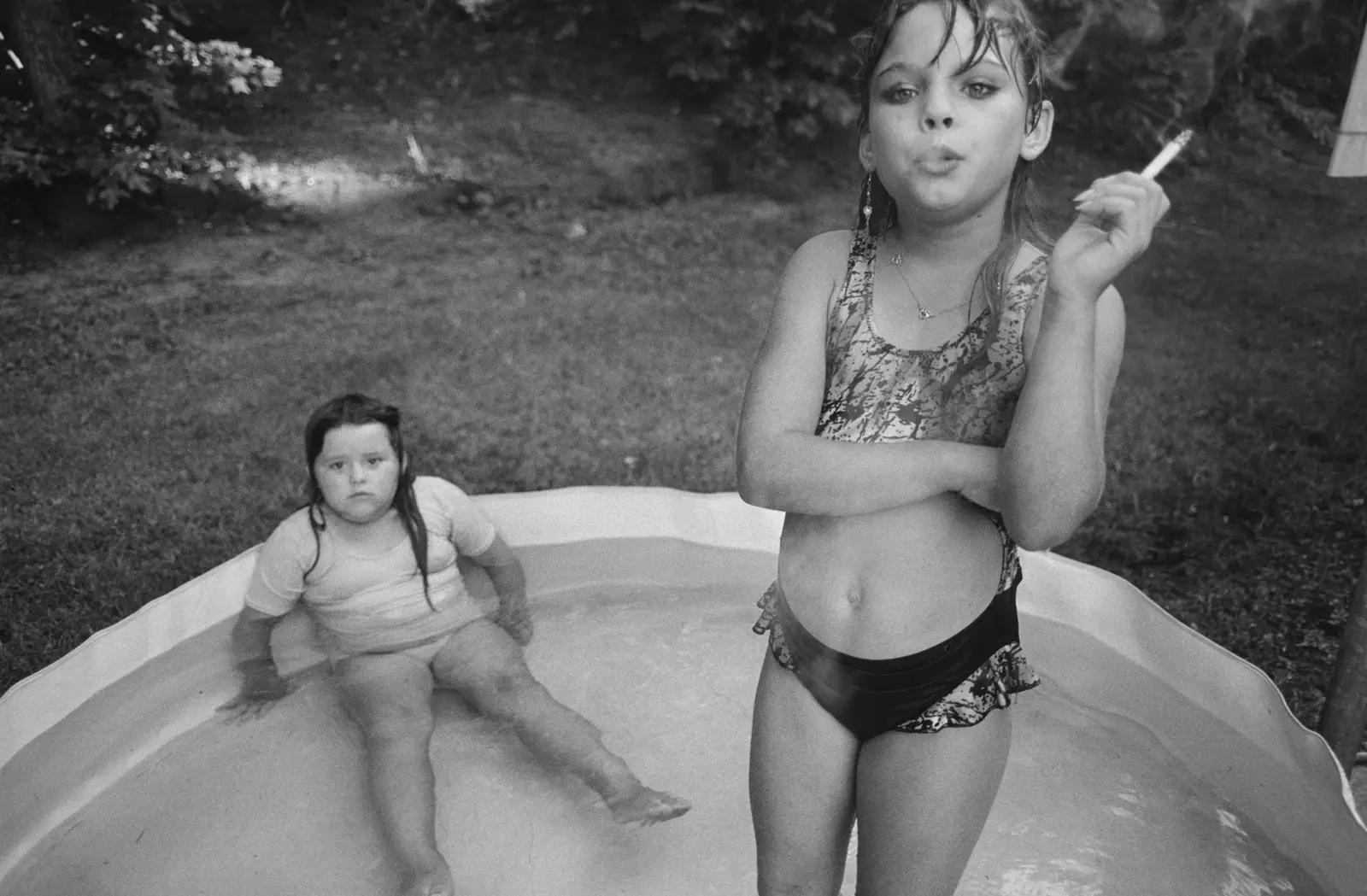
Amanda and her cousin Amy, Valdese, North Carolina, United States, 1990.
The documentary photographer Mary Ellen Mark wanted to be the spokesperson for the weakest, hence she used her talent and her goal to denounce the complex, painful or abusive situations suffered by girls and women during the second half of the 20th century.
Something in which the North American photographer was a pioneer, as she was also in infusing humanism to her photographs, with which, beyond showing us the harsh reality head-on and without artifice, she manages to make us perceive the inner world of the people portrayed. A shocking and often painful world that, as of March 18, we will be able to look at face to face and without filters in the exhibition Mary Ellen Mark: Lives of Women, in Foto Colectania (Passeig Picasso, 14, Barcelona) until July 31.
which will be the first international exhibition – since her death in 2015 – to address most of Mark's career (from 1967 to 2011) compiles the photographs, films and material with which the photojournalist she managed to capture the harsh existence of girls and women around the world.
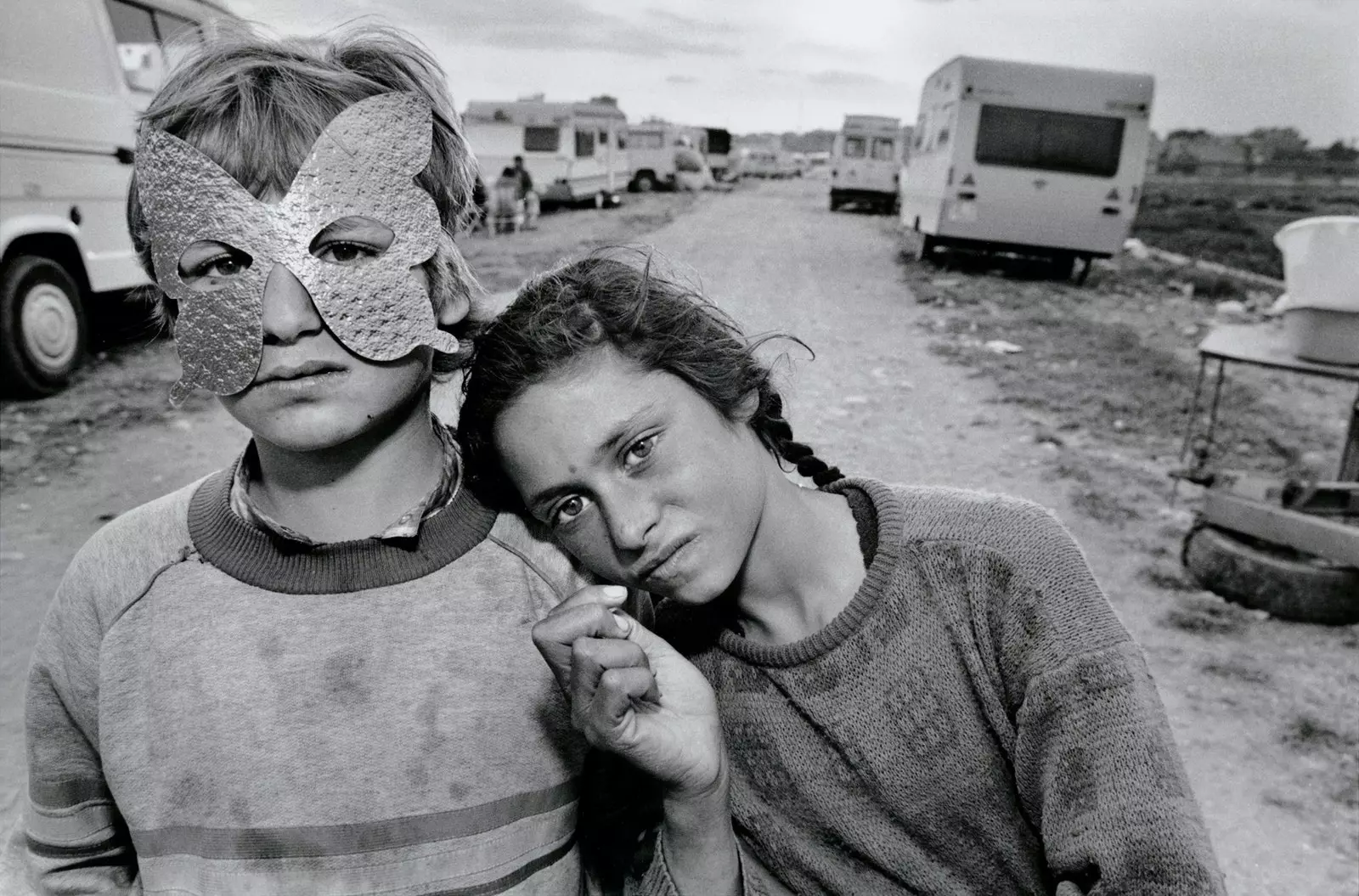
Gypsy Camp, Barcelona, Spain, 1987.
AN EXHIBITION IN THE FORM OF TRIBUTE
“We couldn't go any longer without paying tribute to Mary Ellen Mark. This is just a nod, a prelude to a larger exhibition that is yet to come”, explains Anne Morin, director of diChroma photography, curator of the exhibition and who has been in charge of diving into Mark's archive, made up of more than two million photographs, to choose the 93 that make up the sample Vida de mujeres. I have rescued them from a personal selection that she herself made in 2003 , where she included those that she considered optimal”.
As Morin tells us, the specificity of Mark's work consisted in presenting her photographs through sequences –groups of images that respond to commissions that certain magazines made him–, therefore, At the time of curating the exhibition, she has preferred to mark two series, Circo Indio from 1989 and Twins from 2002. And, between these two poles, ranging from the monstrous to the grotesque, encompass a panel of possible formal declensions where women are placed on the margins of society. "Obviously there are the drug addicts, the neo-Nazi groups, the Ku Klux Klan, the sick, the transvestites, the camps, prostitution... An infinity of themes in which the common denominator is women”.
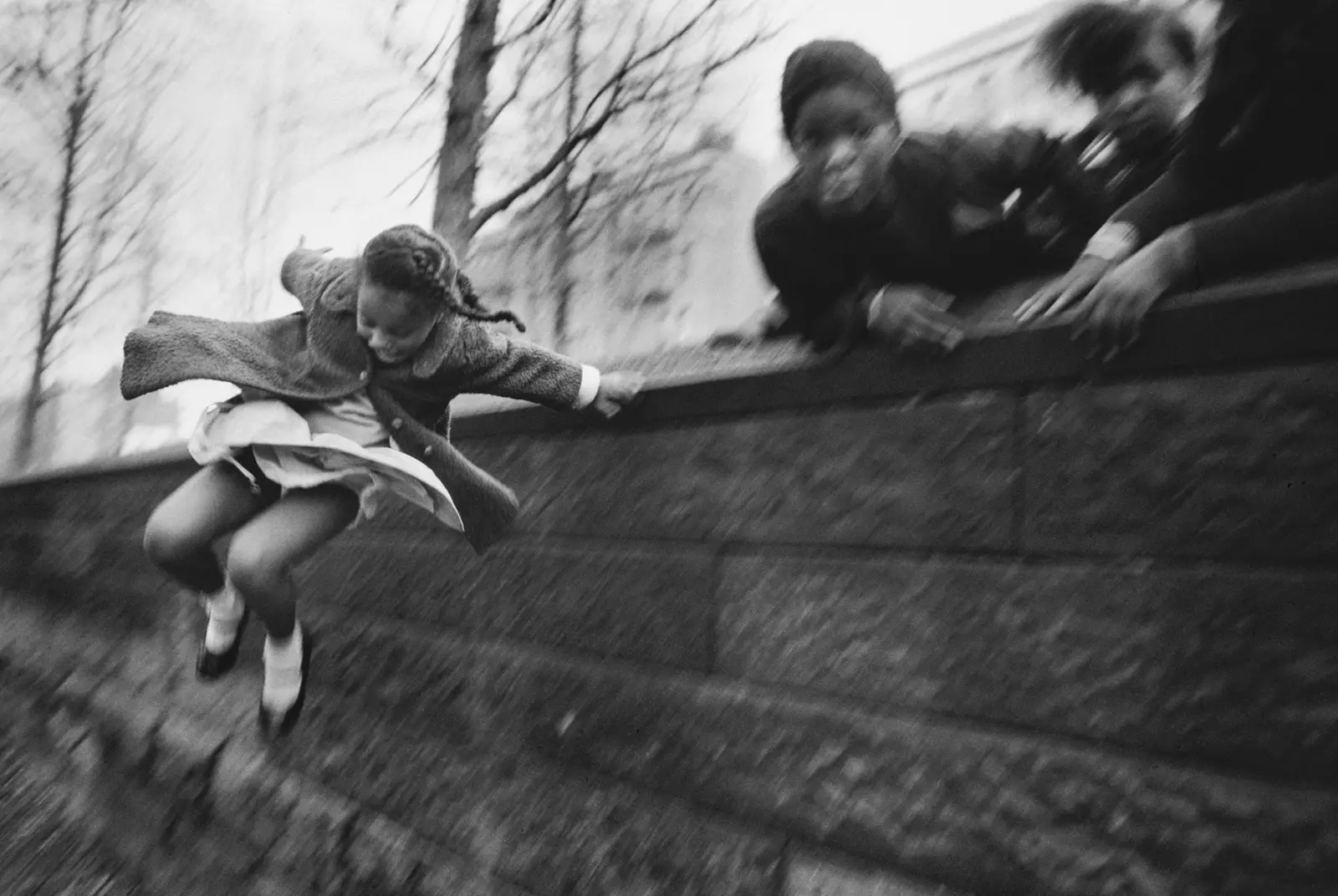
Little girl climbing up a wall. Central Park, New York, United States, 1967.
INHABITING REALITY
The faces that we will discover in Mary Ellen Mark: Lives of Women will not leave anyone indifferent, since the photographer she was an expert in embracing reality without artifice.
She "she took the pictures 'from the front', and for that she many times she had to share hell with these people. She stayed with the drug addicts for weeks, with the prostitutes of India for months, she did not detach herself from Maria Teresa de Calcutta... until she she finally 'inhabited' what she was photographing. She got full adherence. She merged with the people she photographed until they got used to her presence and ended up revealing her intimacy”, exposes the director of the cultural management company diChroma photography.
not having had strong psychological support the photographer would not have been able to come out unscathed from the harsh situations she faced with the camera. An ability that Anne Morin describes almost as shamanic and with which she managed to reach that culminating point in her photographs: “Without ever failing, without letting herself be invaded by her own feelings and weakness. In all that hell she defends herself with consideration and courage, and she ends up finding an element that comes to contrast this extremely crushing reality”.
An example, as hopeful as it is dramatic, is the gesture of immense tenderness that a girl professes to her little brother in the image of the Damm family, that he lived inside a car in the California desert. Mary Ellen Mark knew that this was the right moment to take the photo , to counteract the most sordid thing you can find, which in this case was discover that the drug addict stepfather sexually abused the little girl without her mother, also a drug addict, even suspecting it, since when she found out about her she abandoned him and left with her two children, the photography expert reminds us.
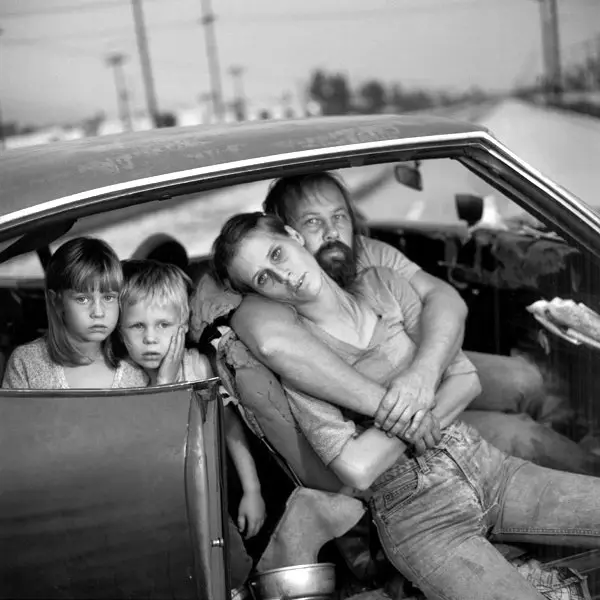
The Damm family in their car. Los Angeles, California, United States, 1987.
ANTAGONICAL FORCES
"Mark's work was a rescue work," confirms Anne Morin, because beyond a type of documentary genre, of pure and simple verification of a reality, the American had that spark that other photographers lack: she gave the image some opening, optimism, hope. “The power of the images of him lies in the frontality (she practically disappears) and, in turn, in that tenderness and deep humanism, what makes there a climax thanks to the confluence of these two antagonistic forces”.
Take as an example his most famous story, that of Erin 'Tiny' Blackwell, a teenage runaway he met in 1983 who lived in suburban Seattle, which she was finally able to fulfill her childhood dream of having 10 children.
Precisely the strength of her images resided in showing far beyond the reality portrayed, what she captured with her camera was the dark face of the American dream: “So bright, so white smiles, so toothpaste commercial. Well no, under the curtain there is this, the filth, a toxic air that seeps through all the big cities, where the protagonists are women”, the curator of the exhibition denounces with indignation.
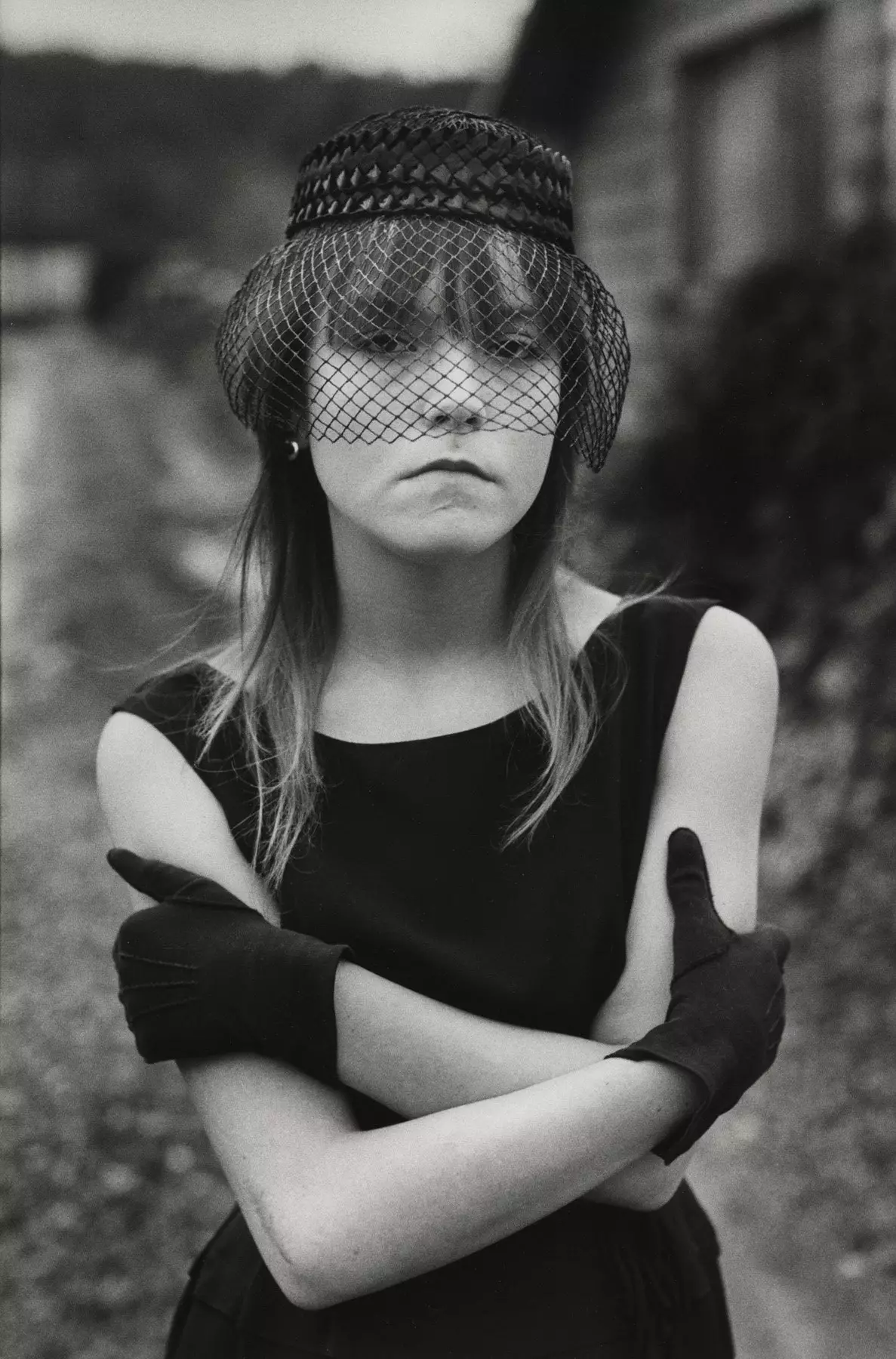
Tiny in her Halloween costume. Seattle, Washington, United States, 1983.
THE SUBTLENESS OF CARICATURE
In the career of Mary Ellen Mark there was also room for more subtle photos. He portrayed lighter things, like Twins or the prom dances, that for Morin, while they are a bit circus and monstrous, they are also they reflect visual prototypes, almost caricatures, of a culture. They reveal the face of a society, of the American, in which there is a cult for the visible and cinematographic, for the spectacle.
“Only she is capable of reaching these levels of subtlety. To capture this exaggeration, which is so real, and this intimacy is only possible if you are a woman," explains Anne Morin, also comparing Mark's daring and courage with that of another great photographer, the Spanish Isabel Muñoz.
WHERE IS THE ILLUSTRATED PRESS?
It's been a long time since we do not find such brutal reports in the magazines (Mary Ellen Mark's work was published in Life, New York Times, Vanity Fair, New Yorker and Rolling Stone), something that the American photographer had already predicted in the 80s, when notice that editorial content was changing and that there was no longer room for the illustrated press.
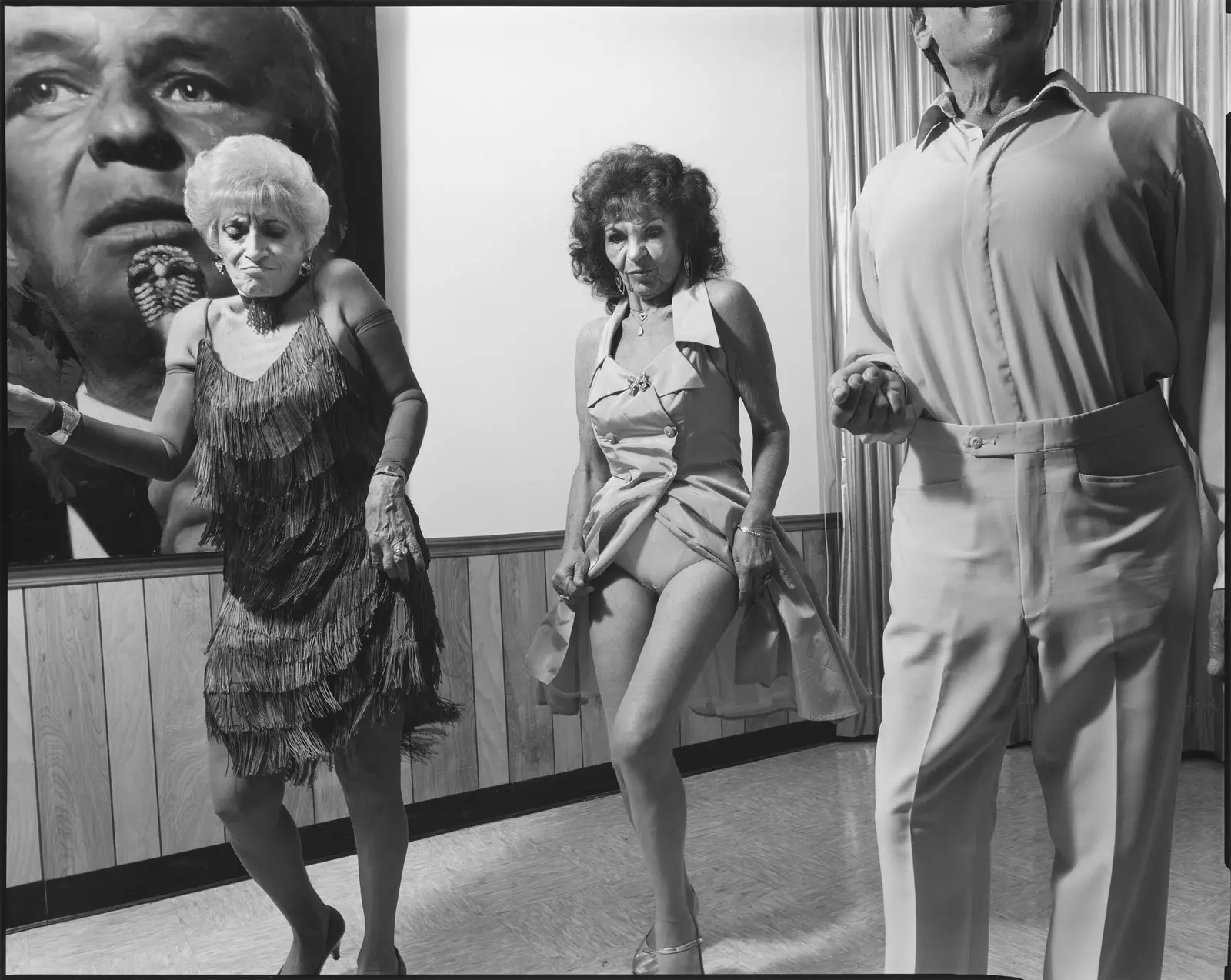
Vera Antinoro, Rhoda Camporato, and Murray Goldman, Luigi's Italian American Club. Miami, Florida, United States, 1993.
"We no longer like the direct and frontal confrontation with reality, because we have such a build-up that it no longer has as much impact", clarifies Anne Morin, who reminds us that these great reports have simply changed support and have moved to books and exhibitions, like this one that she herself has commissioned and that will arrive on March 18 at Foto Colectania (in collaboration with the Banco Sabadell Foundation), from where it is scheduled to depart for the Swiss city of Lenzburg and Paris.
Contrary to what happened 40 or 50 years ago, now this type of content, instead of appearing in magazines, becomes part of the museum's consecration of the institutions, which is to be appreciated, and much more so if, as is the case with diChroma photography, there is the will to rescue projects and faces of women who have been carried away by the current of history and they have disappeared. "And I would not want Mary Ellen Mark to disappear from the international scene," concludes Anne Morin.
Neither you nor anyone Anne, neither you nor anyone...
Address: Passeig Picasso, 14, Barcelona See map
Telephone: (+34) 93 217 16 26
Schedule: Wednesday to Friday: 4pm - 8pm / Saturday: 11am - 3pm and 4pm - 8pm / Sunday: 11am - 3pm / Closed: Monday, Tuesday and holidays
Half price: General admission: €4 / Reduced admission: €3 / Free admission: first Sunday of the month
